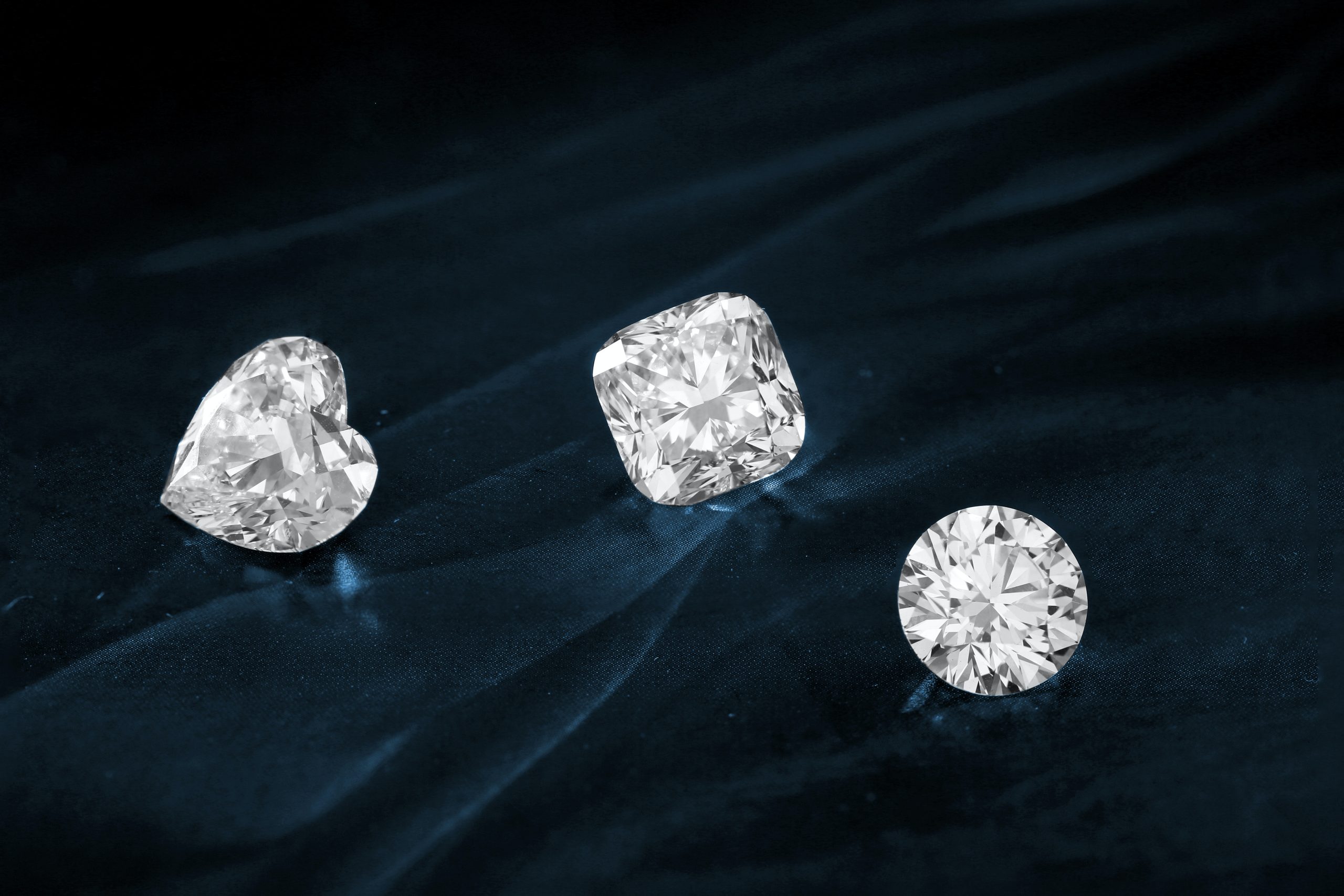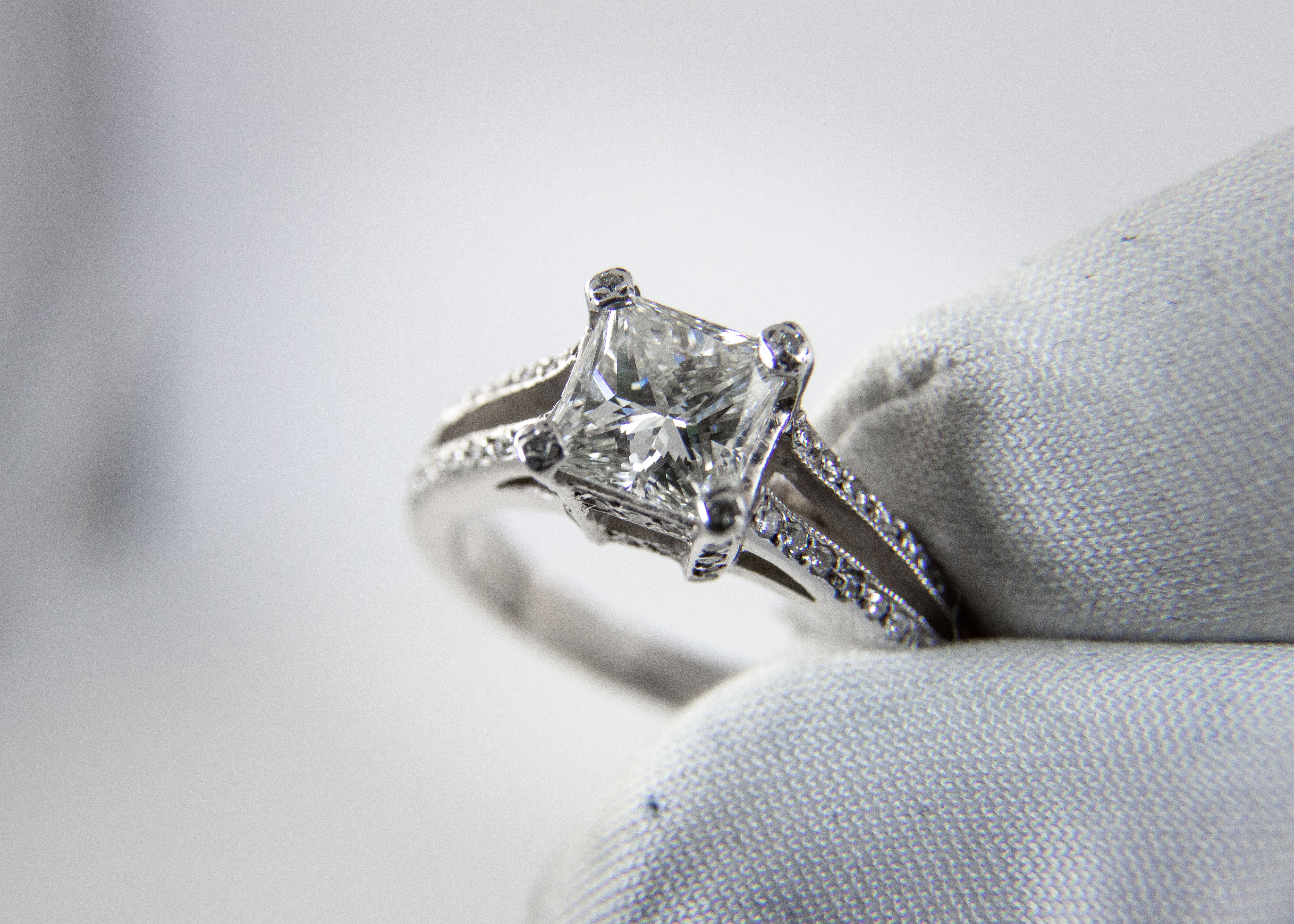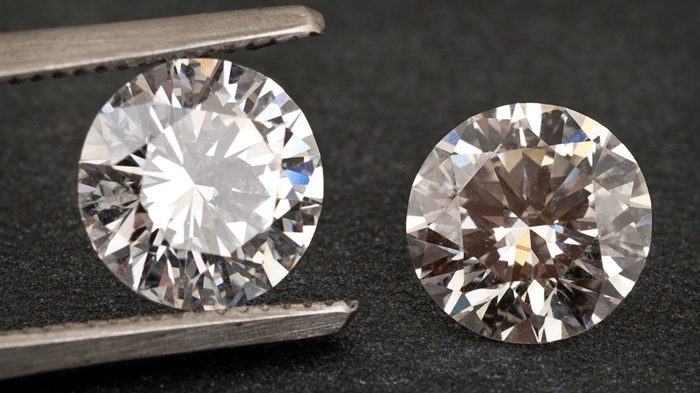What is a Lab Grown Diamond
Posted on January 20, 2023

What Is a Lab-Grown Diamond?
Also known as a lab-created diamond, a lab-grown diamond is a diamond that’s made in the laboratory. The process involves extracting carbon atoms from the air or a carbon-rich substance and gradually converting them into a crystalline form—crystalized carbon. This can take anywhere between 4-10 weeks.
Four techniques can be used in carbon crystallization;
- High pressure, high temperature (HPHT) technology.
- Chemical vapor deposition (CVD) technology.
- Detonation synthesis technology—entails creating nanometer-sized diamond grains through the detonation of carbon-containing explosives.
- High-power ultrasound graphite treatment technology—involves treating graphite with high-power ultrasound.
Of all the above techniques, HPHT and CVD remain popular. Nonetheless, lab-created diamonds made using the first technology are called “HPHT diamonds,” and those created through the second technology are known as “CVD diamonds.”
Unfortunately, producing artificial diamonds requires a lot of energy, which could explain why not so many countries involve themselves in this activity. Only a few countries like China, the USA, Russia, South Africa, Ireland, Japan, Belarus, Sweden, Ukraine, Israel, and France do, with China topping the list.
How Are Lab-Created Diamonds Made?
Lab-created diamonds are created using diverse methods with HPHT and CVD being predominant. In each process, a “diamond seed” and a carbon compound are key. For starters, the “diamond seed” is a crystalline form of carbon. It can be derived from an actual diamond and most labs get theirs from their previously created diamonds (usually those with the most desirable properties). The carbon compound, on the other hand, is a substance that contains a mixture of carbon and other chemical elements.
1. The High Pressure, High-Temperature Method
In the high pressure, high-temperature method, the carbon compound is placed at the bottom of a belt press, cubic press, or split-sphere (BARS) press. After that, immense pressure (of up to 730,000 PSI) and heat(beyond 2,550 °F or 1,400 °C) are supplied, completely melting it. The molten carbon compound results in pure carbon residues, which are then sent to the diamond seed. This eventually grows into a diamond after about 4-10 weeks.
2. The Chemical Vapor Deposition Method
In the CVD method, diamonds are grown from a hydrocarbon gas mixture and a diamond seed. This technique entails using a gas chamber, immense heat, a carbon-rich gas (often methane gas), and a sophisticated microwave or laser machine.
The diamond seed is placed in the gas chamber, which is then sealed and heated to around 800 degrees Celsius (1472°Fahrenheit). After that, the gas is smoked into the sealed chamber and ionized into plasma using the microwave or laser machine. This process gradually breaks the carbon away from the gas. The resultant carbon atoms find and adhere to the diamond seed, slowly building up into a crystal diamond, atom by atom.




